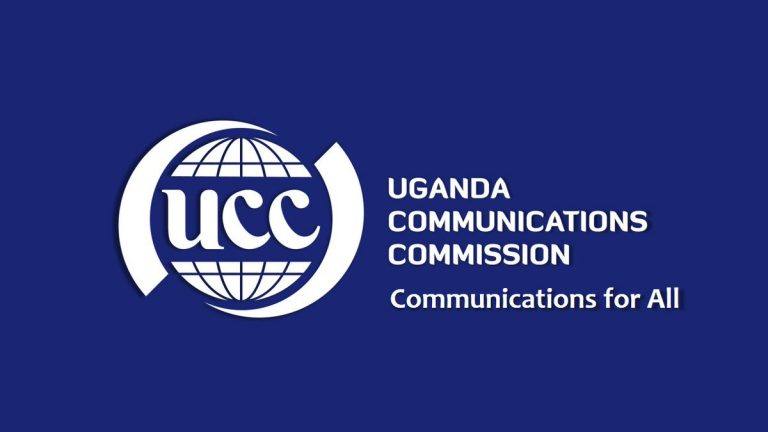By Spy Uganda
Kampala: In an effort to fight against fake mobile devices in the Ugandan Market, Uganda Communications Commission (UCC) has advised Ugandans to always check out the International Mobile Equipment Identity (IMEI) before purchasing any mobile device. Although by law, Uganda National Bureau of standards (UNBS) and URA are responsible to ensure all imports conform to Uganda’s required standards, UCC seems to suggest that their trust now lies with the consumers rather than the state institutions with a mandate to safeguard the Ugandan market.
Last year UCC had announced the enforcement to crackdown down fake mobile phones and laptops but, the telecommunications regulator faulted the service providers for failing to agree on the date for disconnections.
UCC Head Of corporate affairs, Ibrahim Bbosa revealed that the Central Equipment Identity-Registry system was in place and had been connected with the mobile telecom operators but they were still in consultations with the operators and importers to agree on how the disconnection will be handled and when to start which yielded no results up to date.
According to UCC, substandard devices are made to look as authentic as possible to confuse the buyers, however, a few necessary checks can help detect them.
UCC Ag Executive Director, Mrs. Irene Kaggwa Ssewankambo further noted that checking the IMEI of a device by dialing *#60# makes one differentiate between a substandard and genuine device on the market.
“Before buying a device, find International Mobile Equipment Identity (IMEI) by dialing *#06#. In most phones, the IMEI is usually printed inside the handset below the battery. As a rule, the IMEI of genuine handsets don’t contain repetitive numbers, alphanumeric characters, fractions or letters,” Ssewankambo noted
“For substandard devices, the logo of the manufacturer may appear superficial and easy to rub off, the device may be suspiciously lightweight, the colour of the device may not be among those produced by the manufacturer for that particular model,” she added
Ssewankambo further explained that a substandard device may copy the outer case, screen, logos, the packaging and include accessories of genuine phones, making them hard to spot but the IMEI stands out.
According to UCC records as of July 2020, there are five million basic mobile phones, commonly referred to as ‘Kabiriti’ in the market, while feature-phones, or the improved basic phone which can perform basic internet-based functions like accessing social media, are 17.1 million
The bid to have such gargets off the market started way back in 2012 when representatives of manufacturing companies offered to cut the cost of the genuine devices to ensure the disconnection does not cause a shock in the market. It was suspected that at least 40 percent of the devices on the market were fake and largely substandard.
But differences between traders, regulators, and representatives of manufacturing companies on the other hand saw the operation called off since then the demand for mobile phones rises, there is also an increase in counterfeits. These, according to experts can pose health risks to users and affect the quality of calls and other services at large.
However, some sales representatives in Uganda say distributors of counterfeit phones have also learnt that Ugandan consumers usually think that low-priced devices are fake or substandard, and the perpetrators now attempt to set the same prices as those of genuine devices adding that importing companies now are at the mercy of the government because even importers of counterfeits pay taxes, yet counterfeiting is a form of unfair competition.
UCC made attempts to start the operation against counterfeit devices last year, following a three-month notice issued in August. However, this could not take place in the absence of key regulations, which were later passed by parliament in March
UCC’s records also indicate that the number of smartphones has gone up to 6.9 million bringing the total to close to 29 million mobile phones which were active in 90 days to June 2020 of which 2 million of them are believed to be fake.



